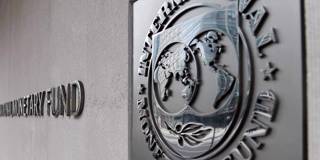When the International Monetary Fund announced last month a new $650 billion allocation of special drawing rights, the hope was that high-income countries would transfer their SDRs to developing countries in need. With the Fund’s annual meetings coming in October, it’s time for all parties to step up.
BERKELEY – In August, the International Monetary Fund announced, to much fanfare, that its members had reached a historic agreement to issue $650 billion of special drawing rights (SDRs, the Fund’s unit of account) to meet the COVID-19 emergency. SDRs are bookkeeping claims that governments, through the IMF’s good offices, can convert into dollars and other hard currencies to pay for essential imports, such as vaccines. And $650 billion isn’t peanuts: it’s nearly 1% of global GDP. This could make a big difference for poor countries impacted by the virus.

BERKELEY – In August, the International Monetary Fund announced, to much fanfare, that its members had reached a historic agreement to issue $650 billion of special drawing rights (SDRs, the Fund’s unit of account) to meet the COVID-19 emergency. SDRs are bookkeeping claims that governments, through the IMF’s good offices, can convert into dollars and other hard currencies to pay for essential imports, such as vaccines. And $650 billion isn’t peanuts: it’s nearly 1% of global GDP. This could make a big difference for poor countries impacted by the virus.